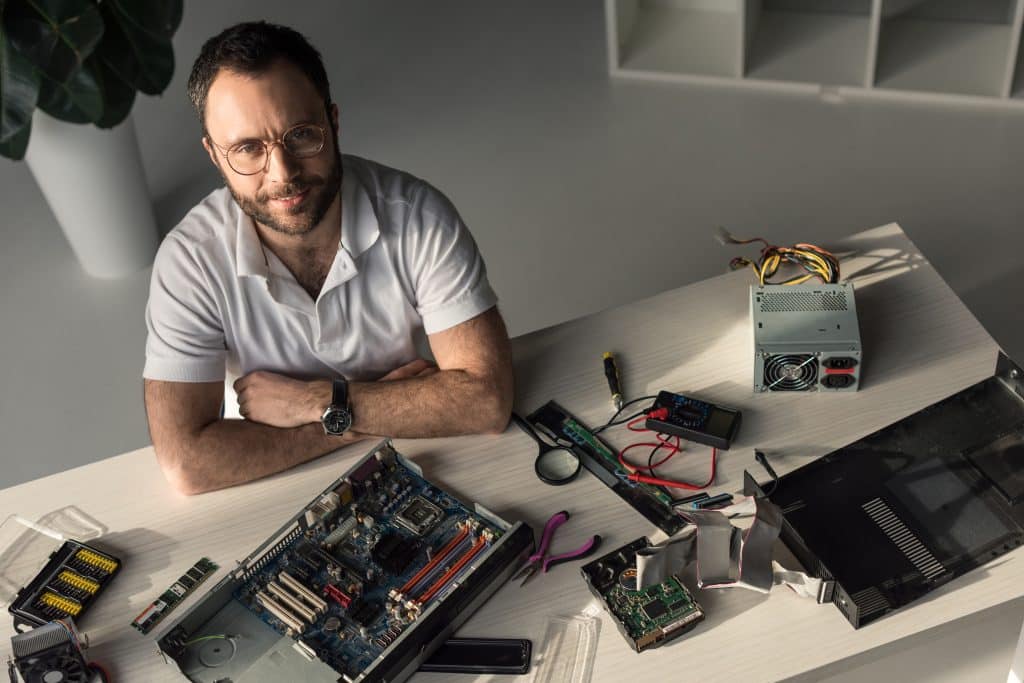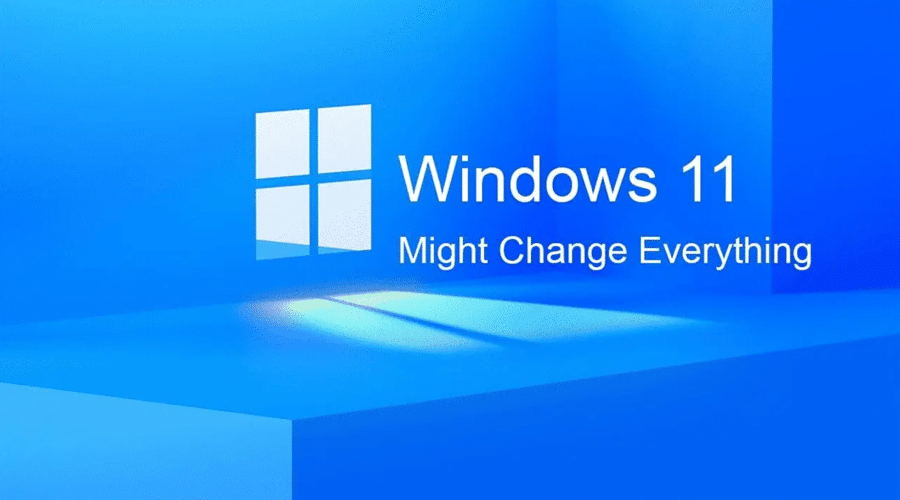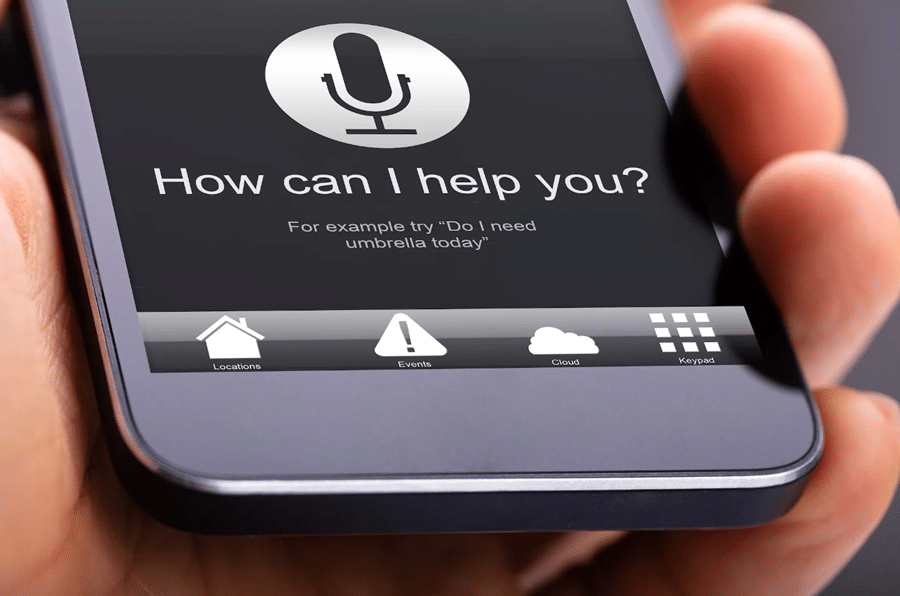Disasters can happen at any time, and they often come without warning. However, in many cases, technology has been able to prevent a catastrophe from happening or at least minimize the damage. From early warning systems to better communications, this post will discuss some of the different times throughout history when technology prevented disasters from occurring. It will also talk about how technology is helping to prevent disasters from happening in the future. By understanding technology’s role in preventing disasters, you can better prepare for and respond to them when they occur.
Contents
Disasters You Should Be Aware Of
Natural disasters can happen anywhere, anytime. They can strike without warning, leaving communities reeling in the aftermath. While it’s impossible to predict when or where a disaster will occur, certain types of disasters are more common in certain areas. For example, hurricanes and typhoons are typically found in coastal regions, while tornadoes often happen in the Midwest. However, all communities are vulnerable to natural disasters, and it’s important to be aware of the risks.
By understanding the different types of disasters that can occur, you can be better prepared to protect yourself and your family in the event of an emergency. And while no one can ever be truly prepared for a disaster, having a plan can help minimize the damages and make the recovery process easier.
Times Technology Prevented Disasters
The good news is, with the advancement of technology, you don’t have to be as vulnerable as you used to be. Early warning systems, better communications, and more sophisticated evacuation procedures have helped prevent disasters or at least minimize the damage. Here are just a few examples of times when technology has prevented disasters:
Hurricane Tracking

Hurricane tracking has come a long way since the days of looking out to sea and waiting for a storm to appear. Nowadays, people have access to satellite imagery, computer modeling, and a wealth of other data that can accurately depict a hurricane’s path. This information is vital for making decisions about evacuation and other preparations. In many cases, it has helped to prevent disasters.
For example, in 2017, Hurricane Irma was one of the most powerful storms ever recorded in the Atlantic Ocean. Thanks to hurricane tracking, however, authorities were able to issue timely warnings and evacuate millions of people from the storm’s path. As a result, although the hurricane caused widespread damage, Florida had no reported deaths. Hurricane tracking has also helped improve the understanding of these complex weather systems.
By studying the data collected by tracking devices, scientists have gained insights into how hurricanes form and what factors influence their development. This knowledge is essential for developing more accurate forecasting models and giving people the information they need to stay safe during severe weather.
Earthquake Predicting

While we can’t predict earthquakes with 100% accuracy, there have been significant strides made in earthquake forecasting technology in recent years. This has led to several instances where predictions have helped prevent disaster.
For example, in 2014, a 7.2 magnitude earthquake struck the Mexican state of Chiapas. However, thanks to an early warning system that had been installed just weeks earlier, residents were given 30-60 seconds of warning before the quake hit, allowing them to take cover and avoid injury. Similarly, in 2016, a magnitude 6.4 earthquake struck Taiwan. Again, thanks to an early warning system, people in the capital city of Taipei were given up to 90 seconds of warning, giving them time to evacuate buildings and avoid injury.
These are just a few examples of how earthquake prediction technology can save lives and prevent damage from earthquakes. With continued improvements in accuracy and warning times, you will likely see even more instances of this technology being used to protect people from harm in the future.
Heat Wave Forecasting

Heat waves are one of the most deadly weather phenomena, and they are only getting worse due to environmental changes. In 2003, a heat wave in Europe killed over 70,000 people, and a 2015 heat wave in India killed over 2,000. Having accurate forecasting technology is crucial for preventing deaths during heat waves.
In 2003, the European Heat-Wave Forecasting System provided five days’ notice of the impending heat wave. This allowed authorities to take steps to prevent fatalities, such as opening cooling centers and distributing water. As a result, there were fewer deaths than there could have been. In 2015, an Indian government early warning system was critical in preventing a repeat of the 2003 disaster. The system used data from weather satellites to forecast heat waves up to ten days in advance. This allowed officials to issue warnings and put emergency plans into place.
As a result, the death toll from the 2015 heat wave was much lower than it could have been. Forecasting technology has come a long way in recent years and is only improving. With more accurate predictions, authorities can take steps to protect vulnerable populations and prevent disaster during heat waves.
Flood Forecasting

Floods are one of the most destructive natural disasters, causing billions of dollars in damage each year. In recent decades, however, advances in flood forecasting technology have helped to avert many potential disasters. One of the most notable examples occurred in 1993 when heavy rains caused the Mississippi River to swell to record levels.
Thanks to accurate predictions from forecasters, emergency crews could build levees and take other measures that prevented widespread flooding. More recently, in 2018, flood forecasts played a crucial role in mitigating the damage caused by Hurricane Florence. By evacuating residents ahead of time and directing emergency resources to areas at the highest risk, officials could avoid loss of life and minimize property damage.
As these examples illustrate, flood forecasting technology has become essential to protecting communities from disasters. And as technology has gotten more advanced, forecasters have been able to provide longer lead times and more accurate predictions. This has allowed authorities to take steps to prevent floods before they happen, saving lives and reducing damage.
Epidemic Hot Spot Models

Times of epidemic outbreaks can be terrifying. A disease can spread across a country in a matter of weeks, decimating entire communities. In the past, epidemics have often caught healthcare workers by surprise, leading to widespread panic and chaos. However, a new tool has emerged that has helped prevent disaster in recent years: the hot spot model.
This technology works by tracking the spread of disease in real time, allowing healthcare workers to identify areas of high infection and take appropriate measures to contain the outbreak. One great example of this is the 2014 Ebola outbreak in West Africa. Using hotspot models, healthcare workers could identify areas of high transmission and direct resources to those areas. As a result, they were able to contain the outbreak and prevent it from spreading further.
Hot spot models have also been used during the COVID-19 pandemic. By tracking the spread of the virus, healthcare workers have been able to identify areas of high transmission and take steps to prevent further spread. This technology has been critical in mitigating the impact of the pandemic and saving lives.
The Times Technology Prevented Disasters Was Life Saving!
Technology has played a critical role in preventing disasters throughout history. By providing early warning systems, forecasting technology, and tools for tracking the spread of disease, authorities have been able to take steps to prevent catastrophes. And as technology continues to evolve, it will become even more effective at saving lives and protecting communities from harm. So although the world is not perfect, the times when technology prevented disasters show that it is making the world safer.


